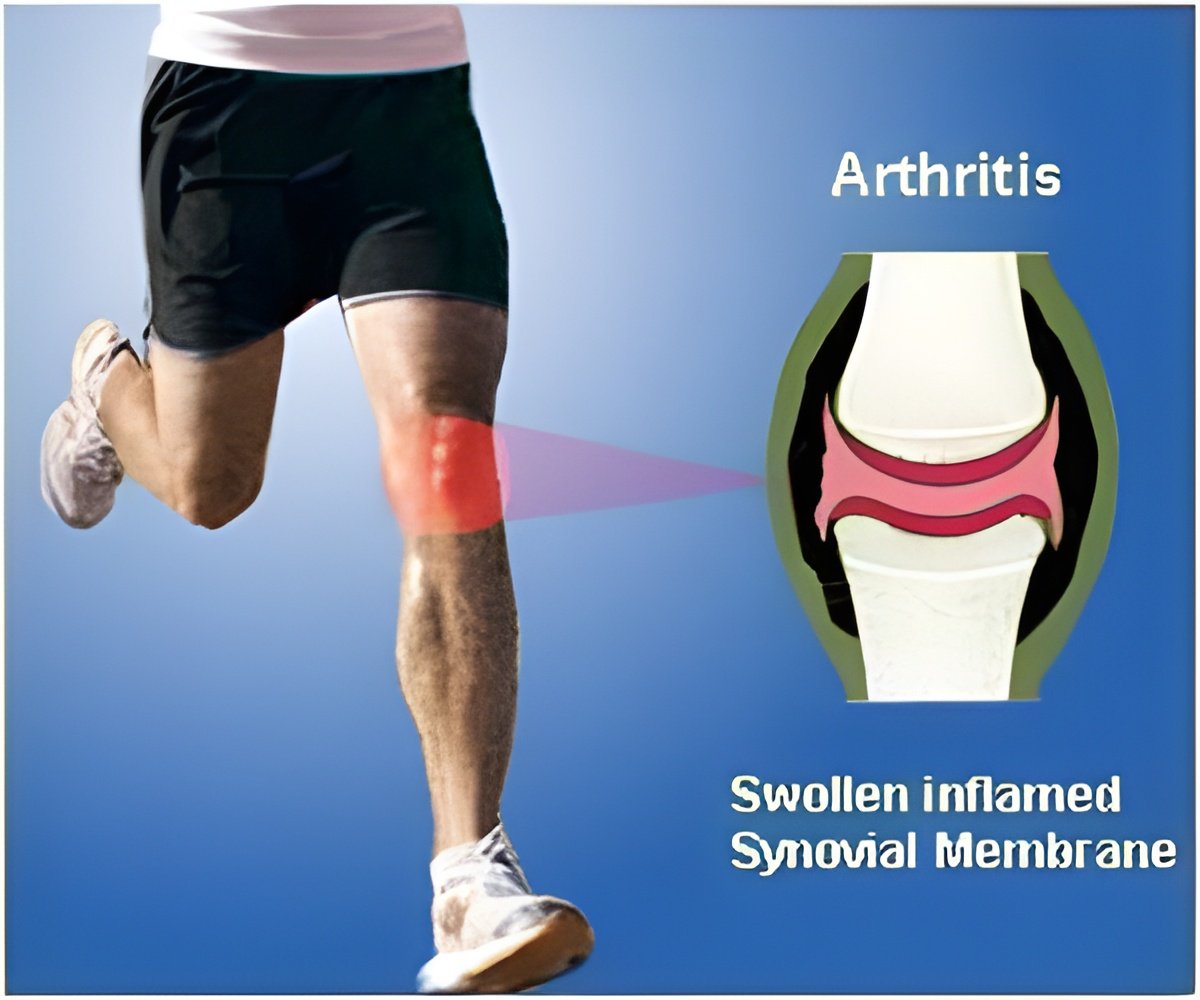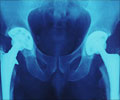
Information about the risk of developing the disease as a result of sports participation could help prevent injuries, disability and pain. Because current data establishing a link is limited, researchers recently investigated the association between specific sports participation and the risk of knee OA. Researchers also set out to determine if joint injury contributed to an increased risk of developing OA of the knee.
"In the past, many studies evaluating the risk of developing knee osteoarthritis have grouped different types and competition levels of sport participation together," says Jeffrey B. Driban, PhD ATC, CSCS; research associate at Tufts Medical Center and lead investigator of the study. "Unfortunately, findings from those studies limited our ability to advise the public about the risk of participating in specific sports; especially at a recreational level, which may be great source of exercise for people."
In March 2011, Dr. Driban''s team reviewed previous studies that investigated an association between sports participation and knee OA. These studies evaluated sport participants years after they retired from sport participation and determined if they had evidence of knee OA, needed total knee replacements or were placed on waiting list for a replacement. All subjects reviewed were male.
Once data were pulled from the previous 16 studies, participants were labeled as elite (national team/Olympic/professional) or non-elite (scholastic/recreational) athletes based on their level of play. Researchers took measures to ensure that patients with a history of knee injury were separated from those without.
Among the 3,192 people reviewed from previous studies, 8.4 percent of former sport participants had knee osteoarthritis compared to 9.1 percent of people who did not participate in sports. Although, the overall data reflects no association or slightly lower risk for former athletes, the risk for knee OA was dependent on the specific sport played and possibly the level of competition. Both elite and non-elite-level soccer players, as well as elite long distance runners, weight lifters and wrestlers were found to be at an increased risk of OA, and Dr. Driban considers this finding supportive of the need for prevention strategies for these athletes.
Advertisement
While this review of previous studies has identified some athletes that would benefit from knee OA prevention strategies, Dr. Driban''s team also notes there is a need for more research in this area.
Advertisement
The American College of Rheumatology is an international professional medical society that represents more than 8,000 rheumatologists and rheumatology health professionals around the world. Its mission is to advance rheumatology. The ACR/ARHP Annual Scientific Meeting is the premier meeting in rheumatology. For more information about the meeting, visit www.rheumatology.org/education. Follow the meeting on Twitter by using the official hashtag: #ACR2011.
Editor''s Notes: Jeffrey B. Driban, PhD, ATC, CSCS, will present this research during the ACR Annual Scientific Meeting at McCormick Place Convention Center from 9:00 - 11:00 AM on Tuesday, November 8 in Hall F2. Dr. Driban will be available for media questions and briefing at 8:30 AM on Monday, November 7 in the on-site press conference room, W 175C.
Learn more about living well with rheumatic disease as well as rheumatologists and the role they play in health care. Also, discover the ACR''s Simple Tasks campaign, which highlights the severity of rheumatic diseases and the importance of early and appropriate referral to a rheumatologist.
Presentation Number: 1977
Association Between Sports Participation and the Risk of Knee Osteoarthritis: A Systematic Review
Jeffrey B. Driban (Tufts Medical Center, Boston, MA)
Jennifer M. Hootman (Centers for Disease Control and Prevention, Kennesaw, GA)
Michael R. Sitler (Temple University, Philadelphia, PA)
Kyle P. Harris (Bucks County Community College, Newtown, PA)
Nicole M. Cattano (West Chester University, West Chester, PA)
Background/Purpose: Information regarding the relative risks of developing knee osteoarthritis (KOA) as a result of sports participation is critical for shaping public health communication messages and for informing KOA prevention strategies. The purpose of this systematic review was to investigate the association between specific sports participation and the risk of KOA. A secondary purpose was to attempt to separate out the effects of joint injury versus sport participation on the risk of KOA.
Method: A systematic literature search was completed in March 2011 using 6 bibliographic databases (e.g., PubMed, OVID), by manual searches (4 journals), and reference lists (56 articles). Studies were included if they met 4 criteria: 1) a study aim was to investigate an association between sport participation and KOA; 2) the outcome measure was radiographic KOA, clinical KOA, total knee replacement (TKR), or placement on a waiting list for a TKR; 3) cohort study design; and 4) written in English. Study quality was assessed with the New-Castle Ottawa Scale (range 0-9; low < 4, high >4). One investigator extracted data (e.g., group descriptions, KOA prevalence, source of unexposed [NE] controls). Level of play was categorized as elite (national team/Olympic/professional) and non-elite (scholastic/recreational). Significant relative risks (RR) were defined as 95% confidence intervals (CI) that excluded 1.00. Sensitivity analyses were used to assess the influence of injury status among studies that excluded patients with a history of knee injury or stratified by history of joint injury and by source of NE controls.
Result: The overall prevalence of KOA in sports participants (n = 3192) was 8.4%; 9.1% among NE (referent group; n = 3485; RR [CI] = 0.9 [0.8 to 1.1]). NOS scores ranged from 3 to 6. Risk of KOA was similar for low and high quality studies. Specific sports with significantly higher risk of KOA were soccer (RR 4.4); as well as elite-level long-distance running (RR 3.2), competitive weight lifting (RR 6.4), and wrestling (RR 3.7). Sport participants were at an elevated risk of KOA compared to NE participants from local communities, hospital/medical practices, and sports (shooters), but at decreased risk compared to NE participants selected from national military service. Elite-sport participants (soccer or orienteering) without a history of knee injury were at greater risk for KOA than NE participants (studies excluding injuries: RR = 1.8; studies stratifying by history of injury: RR = 8.6). Nonelite-sport participants (soccer or American football) with no history of knee injury were at greater risk for KOA than NE participants (RR 3.6).
Conclusion: The risk of KOA is sport specific. Participants in soccer (elite and nonelite); as well as elite long distance running, weight lifting, and wrestling have increased risk of KOA and should be targeted for risk reduction strategies. Soccer, even in the absence of an injury is associated with increased risk of KOA; especially among elite participants. There are considerable gaps in the literature, including a lack of data on female sport participants, history of injury, and nonelite sport exposure.
Disclosures: J. B. Driban, None. J. M. Hootman, None. M. R. Sitler, None. K. P. Harris, None.N. M. Cattano, None.
Source-Newswise













